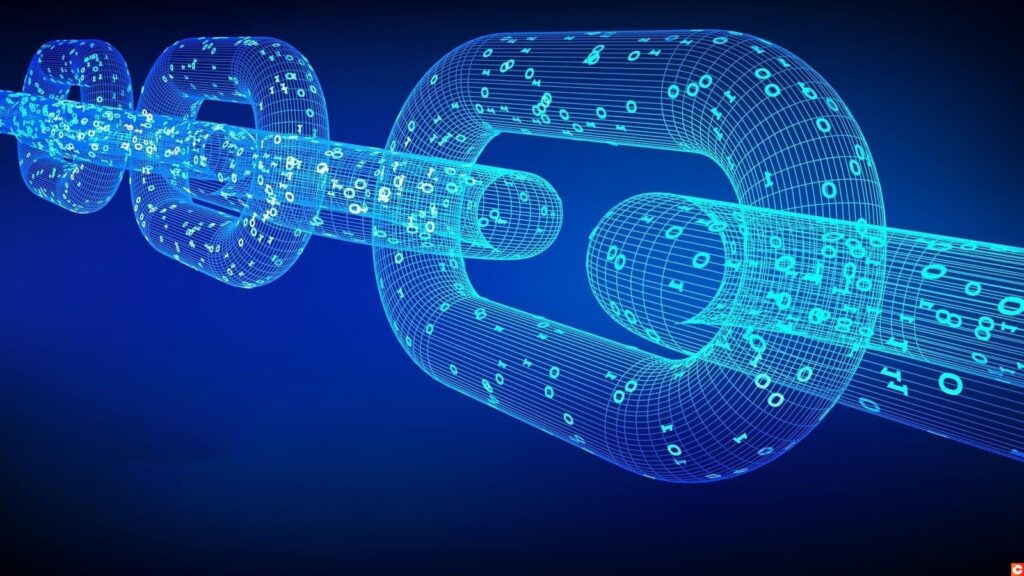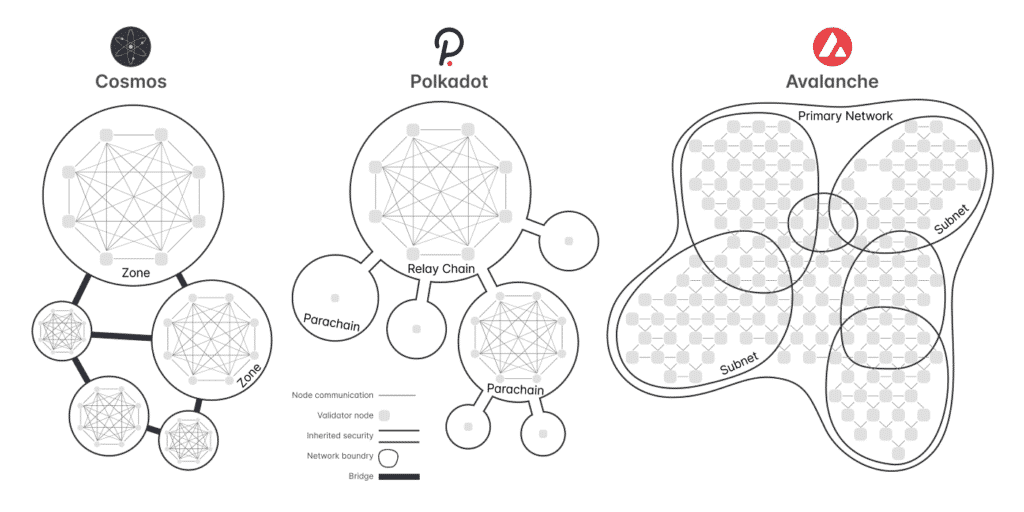On twitter, the creators of Polygon (MATIC) and Avalanche (AVAX) discussed layer-2 scaling technologies, gas costs, blockchain uptime, gas-lightning and insecurity.

The origin of the conflict
As more and more users enter the Web3 space, scaling has become one of the most interesting conversations. Forget about layer 1 and layer 2. The latest conflict is between the subnet and the supernet.
It all started when Polygon announced Supernet to accelerate the adoption of Layer 2 as well as blockchain technology.
The new feature aims to address challenges such as the complexity of initiating a set of decentralized and reliable validators with well-designed coordination mechanisms, the technical complexity of blockchain networks, in addition to security problems moving from one architecture to another, etc. For the development and adoption of Supernets, Polygon has committed $ 100 million in funds.
Avalanche, meanwhile, is working on its “subnet” feature, inspired by the sharding, and aims to significantly scale application-specific blockchains. In this regard, the Layer 2 ecosystem has committed $290 million to AVAX to encourage this initiative. Our avalanche analysis is available here.
The beginning of the fight on twitter
Mr. Nailwal, co-founder and chief operating officer of Polygon (MATIC), took to Twitter to discuss Avalanche subnets as a way to increase the performance of the main blockchain network. The big upcoming projects for Polygon.
First of all, he pointed out that the recent publication of Polygon’s Supernets mechanism has led to insecurity among Avalanche leaders and managers and makes them ” scare ».
At the same time, Mr. Nailwal pointed out that the Avalanche mainnet (AVAX) itself works as a “complete failure”: transactions are charged with high fees while the progress of the system is too slow.
As such, Avalanche (AVAX) has introduced the subnets as a way to solve scalability bottlenecks, but, in fact, these subnets work as a second-layer architecture or side chains. Ethereum-based Layer 2 protocols and their communities are already doing this” for years”, added the Polygon co-founder.

An end to an argument without a winner
Finally, he stated that it seems that the crypto community has been deceived by ” yet another Ethereum killer”.
Professor Emin Günther quickly responded to his opponent. The inventor of Avalanche (AVAX) pointed out that Sandeep Nailwal should instead focus on building a blockchain that does not ” backed “not every day.
When his Twitter follower accused the Avalanche community (AVAX) of ” doing nothing but making fun of Polygon “, Professor Günther replied that he had no intention of surrendering: ” Nah, I’m going to do more. Innovate, or we’ll make fun of you. »
While many people condemned his behavior online, the Avalanche executive simply stated that he would do it again.
The conflicts between blockchains are therefore very real, it is however quite rare to see executives of these big projects sending this type of reproach publicly on twitter. These conflicts are rarely good for the image of these blockchains, and it is better to let technology and time show the best projects.
Receive a digest of the news in the world of cryptocurrencies by subscribing to our new daily and weekly newsletter service so you don’t miss anything essential Cointribune!
Observer of the monetary, economic and social revolution.

